#Lepidodactylus lugubris
Text


Mourning Geckos (Lepidodactylus lugubris) are incredible creatures. Nearly every member of this species is female, and they reproduce via parthenogenesis. This means that instead of reproducing sexually, each individual will produce tiny clones of themselves!
Despite not needing to mate to produce offspring, the all female members of this species do prefer to copulate before egg production.
Yes that's right, it's an entire species of lesbians!!
Male animals are produced on occasion, but are incredibly rare, and don't generally take part in mating or reproduction.
Mourning Geckos are social animals and do best in groups, so if you pick one up be sure to get her some company ♡
This species is an absolute joy to keep, they're active and vocal, easy to care for, and have wonderful, curious personalities.
They are quite small and fast, so care should be taken when handling or rehousing.
I adore these beautiful little lesbian lizards ♡♡♡
67 notes
·
View notes
Text



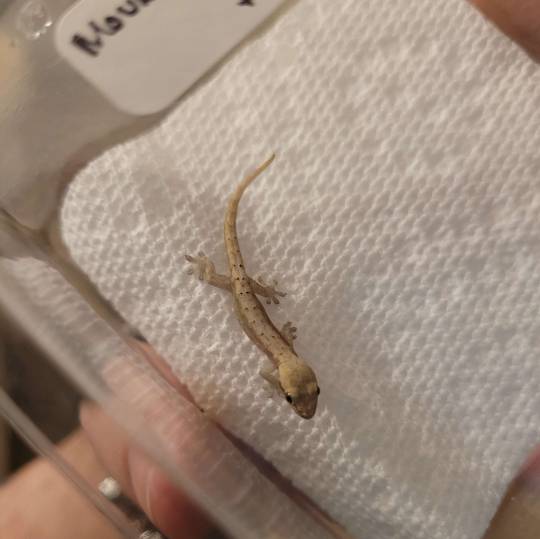
Went to an expo today specifically in search of these little gals - everyone say hi to Barbie, Barbie, and Barbie! :D
Let the lesbian clone gecko army commence. 😈
#Something with legs??? In THIS economy?#Mourning geckos#Lepidodactylus lugubris#that scientific name is a mouthful#geckos#my pets#reptiles#reptiblr#Spoiler Alert - these aren't the only thing I picked up at the show C;
14 notes
·
View notes
Text
Hello tumblr, today I am going to teach you about one of my favorite species of gecko - the Mourning gecko (Lepidodactylus lugubris). This species exhibits a trait known as "parthenogenesis", wherein an animal produces viable offspring without needing to combine gametes with another individual of the same species. the trait is named after the mythical birth of the greek goddess Athena, often given the epithet Athena Parthenos (translates to "Athena the Virgin". this was not the roast in ancient greece that it is today) (this is also where the name of the Parthenon in Athens comes from). She is said to have sprung forth from her father Zeus' forehead, fully formed.
In mourning geckos, they lay eggs which develop and hatch into genetic clones of the mother. Almost the entire species is clones, with males being incredibly rare and short-lived. Even more rarely documented.
But what fascinates me most about mourning gecko parthenogenesis is that they don't just spontaneously pop out eggs willy nilly. Two mourning geckos must stimulate each other to produce eggs through a process known as "pseudocopulation" for its resemblance to the act of copulation in sexual reproduction.
Imagine. A whole species of lizard. All of them roommates.

good for them
20 notes
·
View notes
Text

Lil miss Kainé has made herself quite at home inside this cholla wood
4 notes
·
View notes
Text
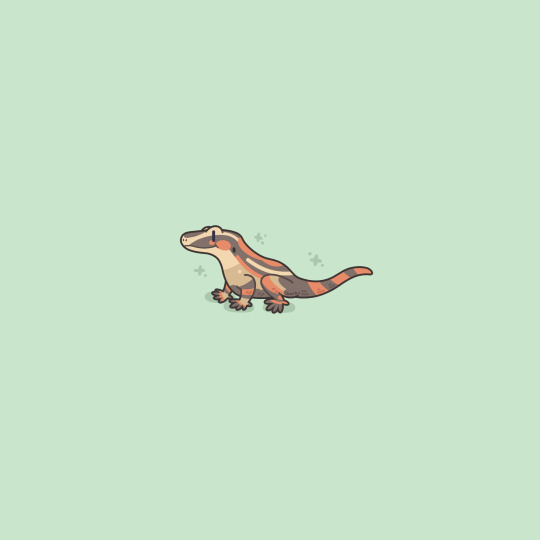

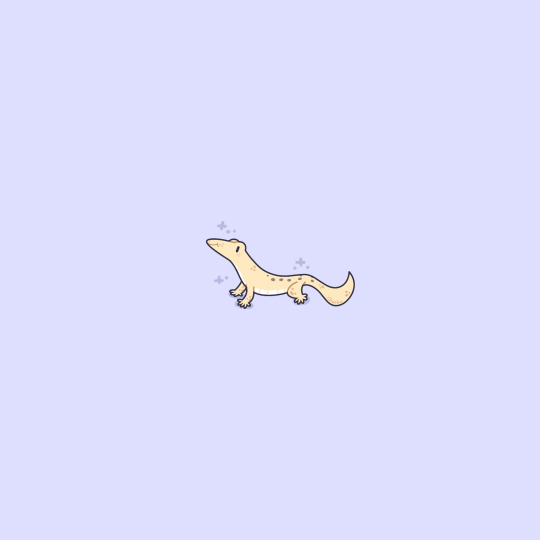
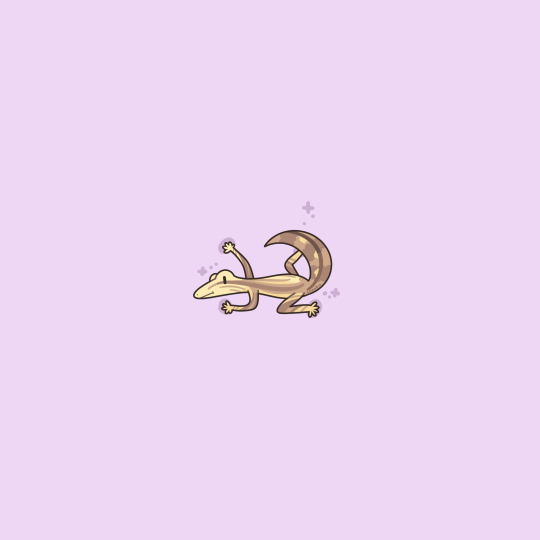
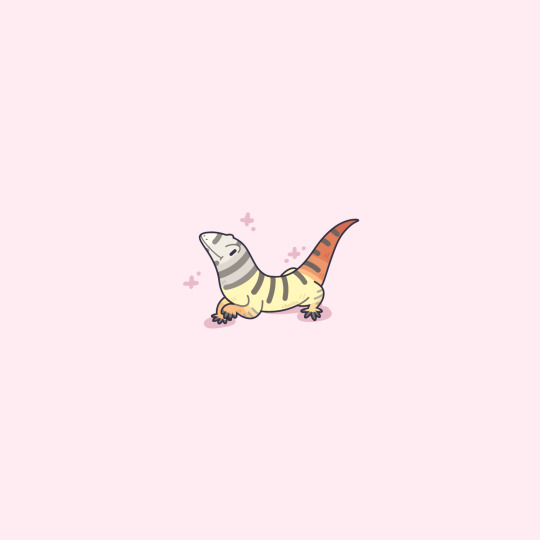


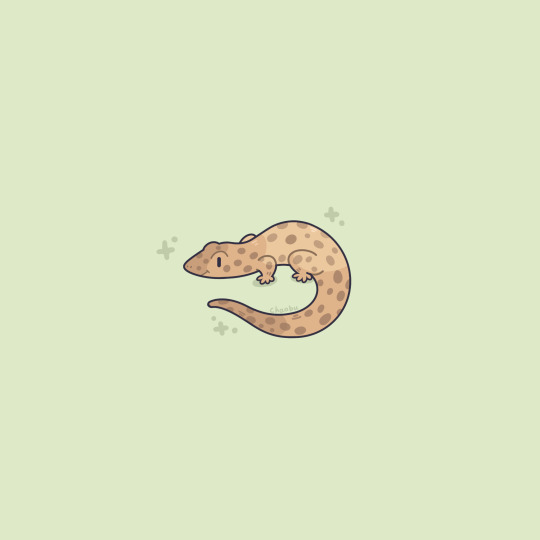
Tiny geckos [2/4]
9 - Gargoyle gecko (Rhacodactylus auriculatus)
10 - Texas banded gecko (Coleonyx brevis)
11 - Mourning gecko (Lepidodactylus lugubris)
12 - Lined leaf-tailed gecko (Uroplatus lineatus)
13 - Ashy gecko (Sphaerodactylus elegans)
14 - Leopard gecko (Eublepharis macularius)
15 - Excitable delma (Delma tincta)
16 - Florida reef gecko (Sphaerodactylus notatus)
165 notes
·
View notes
Text






Lepidodactylus lugubris
I have two mourning geckos. The smaller one is the Hawaiian locality. These girls love their jelly and fruit flies. They are in a bioactive setup. There is one plant that survived. The springtail population has absolutely exploded. They are younger and I have not seen any eggs yet.
#reptiblr#lizard#gecko#mourning gecko#reptile#honestly a good impulse purchase#worth the 2 hour drive back to grab her#and then I got another#oops#mp
8 notes
·
View notes
Photo

All female gecko species??? More Proof from nature that males are useful but expendable. People were interested in my Instagram story about the all female gecko species so I wanted to post my #gecko page from my #naturejournal Lepidodactylus lugubris is an invasive species here but I still like the all female thing and the parthenogenetic reproduction. Can you connect the etymology of that “virgin birth”term to a famous building in Greece? Early European scientists, males of course, called the species lugubris as in sad because they thought all the females were sad because there were no males… what do you think about that idea? #natureisfreaky #naturejournalingweek #galapagos #gaynature #exoticreptiles # (at Puerto Ayora, Santa Cruz, Islas Galápagos, Ecuador) https://www.instagram.com/p/CekEN91roC7/?igshid=NGJjMDIxMWI=
0 notes
Text
Hi! I know it’s a long shot, but if you’re in the WNC area and are looking for mourning geckos, I have some juveniles I’m selling!!! I’ll give a discount to anyone on here :-)
Dm me for info!!

7 notes
·
View notes
Photo

Accidentally put so much calcium in the feeding cup, this poor mourning gecko couldn’t climb out lol. She was okay though, loving her fruit flies.
Lepidodactylus lugubris
103 notes
·
View notes
Text
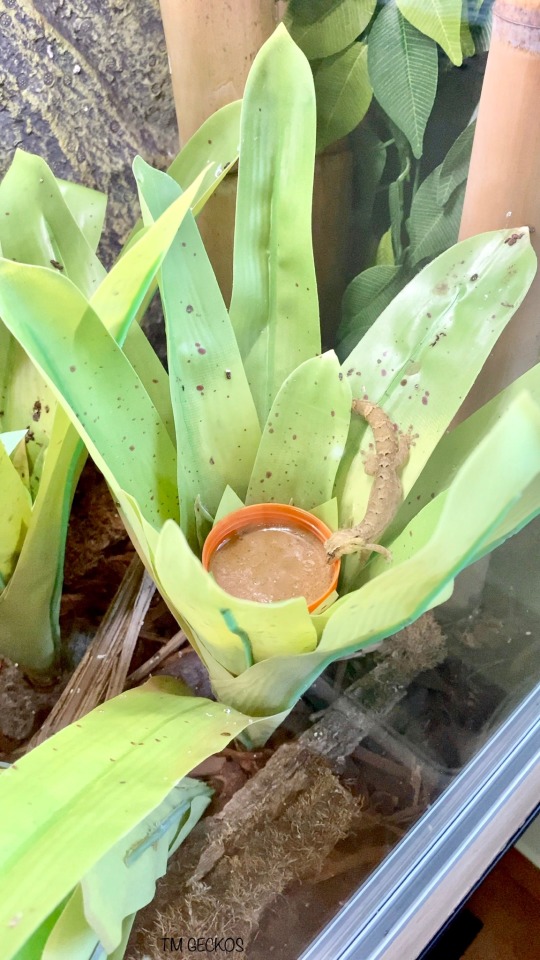
2 notes
·
View notes
Text


Eggnant!!!!!!!
31 notes
·
View notes
Text
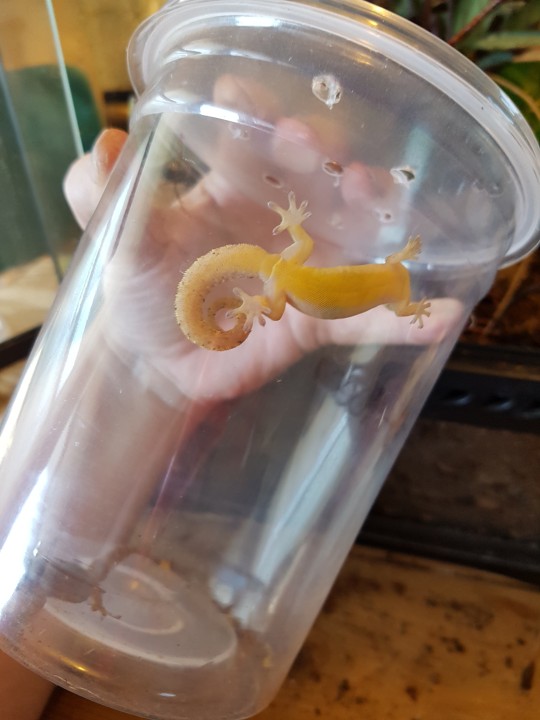
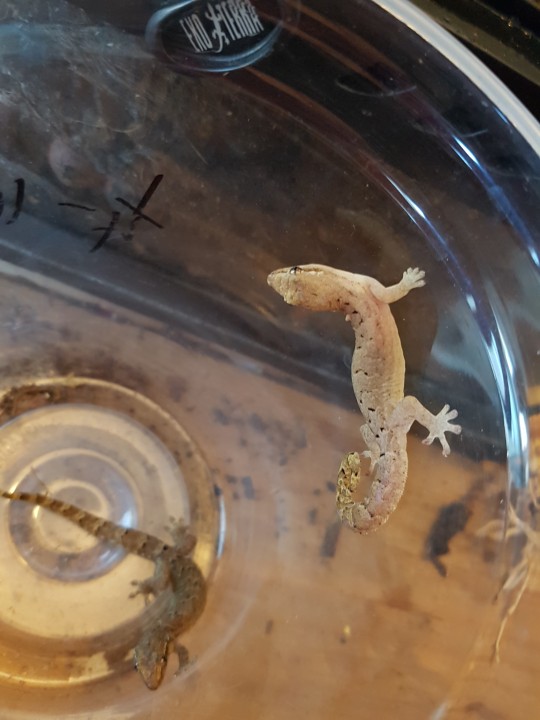


Yellow Belly Mourning Geckos!!
13 notes
·
View notes
Text

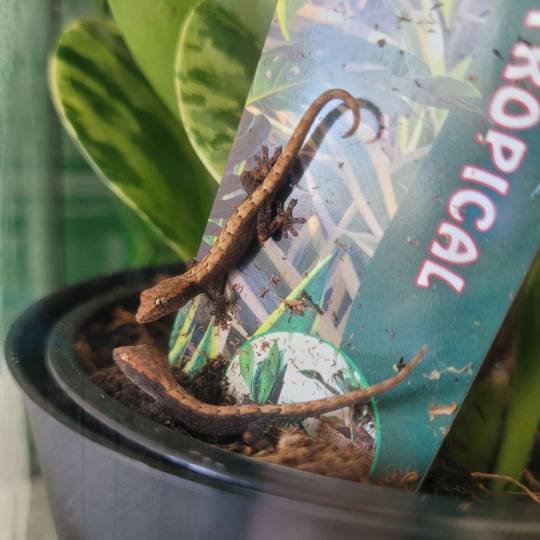
Caught Barbie and Barbie hanging out :D
#The Barbies#mourning gecko#lepidodactylus lugubris#gecko#reptiles#reptiblr#I should put a barbie dream car in their adult setup lol
5 notes
·
View notes
Text
A few weeks back, I noticed this buried in Socks' enclosure (my leachianus gecko - Rhacodactylus leachianus, also sometimes referred to as a New Caledonian Giant Gecko, or affectionately, a Leachie).
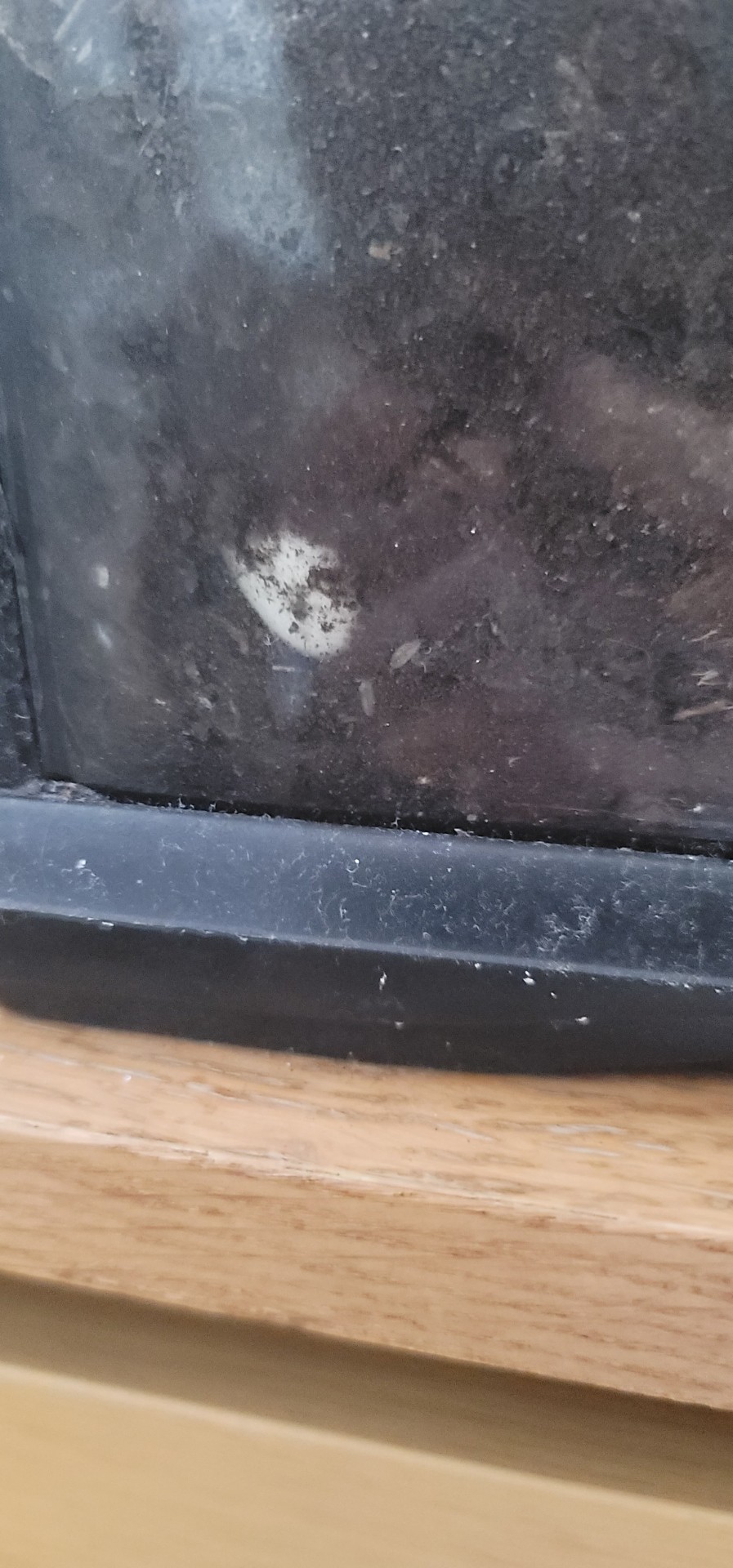
At first I assumed it was an underground mushroom, but it wasn't growing or decaying... So I dug it up and found to my surprise:

Two eggs! one of which looked like it had an embryo inside! This was strange because I hadn't put Socks with any other geckos, let alone male geckos. I have had her since she was a baby - and half her current size! Here is what she looked like the day I got her:

and here she is more recently, almost two years later:

Apparently, Leachianus geckos are rumored to rarely exhibit a trait called "parthenogenesis", where a female individual lays fertile eggs, without the aid of a male, that hatch and mature into exact genetic clones of their mother.
I talk more about parthenogenesis in an unrelated species of gecko here
TLDR Harold, they're lesbians. The lizards are all gay and they all have gay sex.
Anyways, back to Socks and her eggs; it's too soon to tell whether Socks (a different species entirely) will exhibit true parthenogenesis, her egg would have to hatch and survive to adulthood, be female, be its parent's genetic clone, and lay more eggs just like her. All the other accounts of parthenogenesis in Leachies I have read about have involved the offspring having developmental issues and not lasting long after hatching. I mentioned that only one of the eggs had an embryo inside. I tried to incubate them both initially:

but the one without an embryo started to grow mold on it. A clear sign it wasn't going to develop, so I had to get rid of it before the mold spread.
But there's always a chance for the one I still have. It appears healthy and is still incubating. Here's hoping I get to see it hatch.
My stepdad suggested I name the baby Sandals. To match with its parent.
4 notes
·
View notes
Text
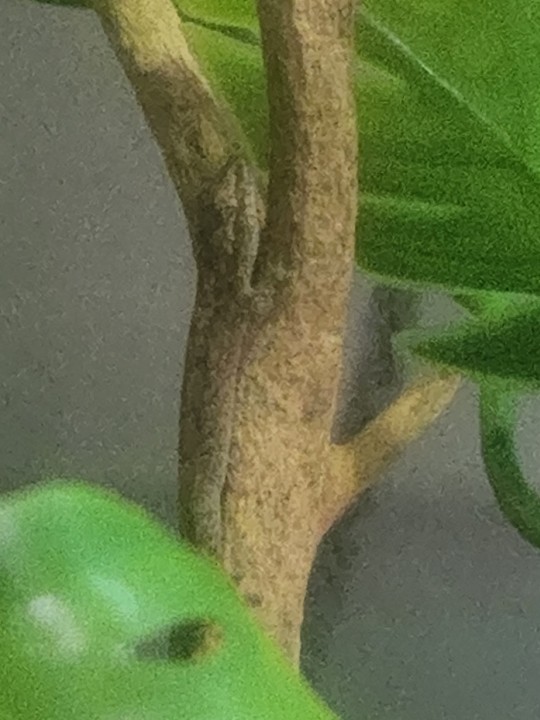

Meet Gideon and Harrowhark
2 notes
·
View notes
Text
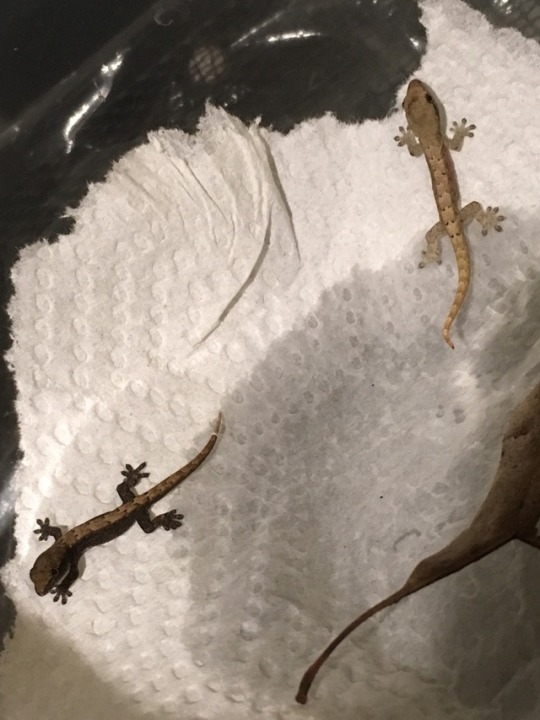
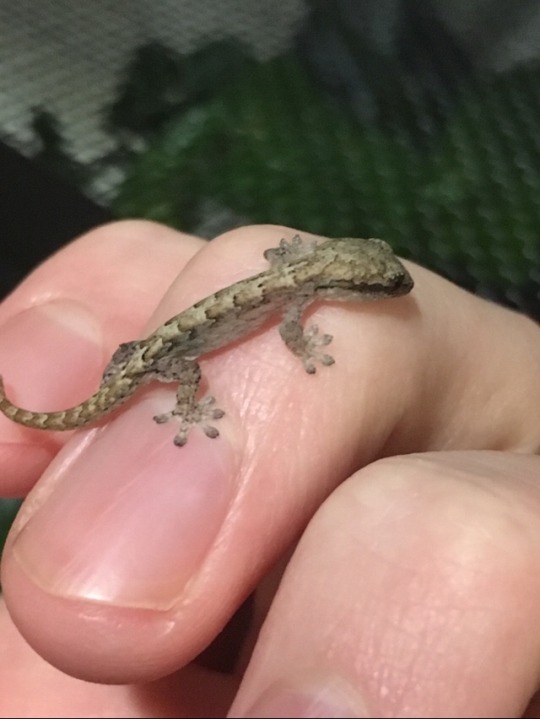
new year children
182 notes
·
View notes